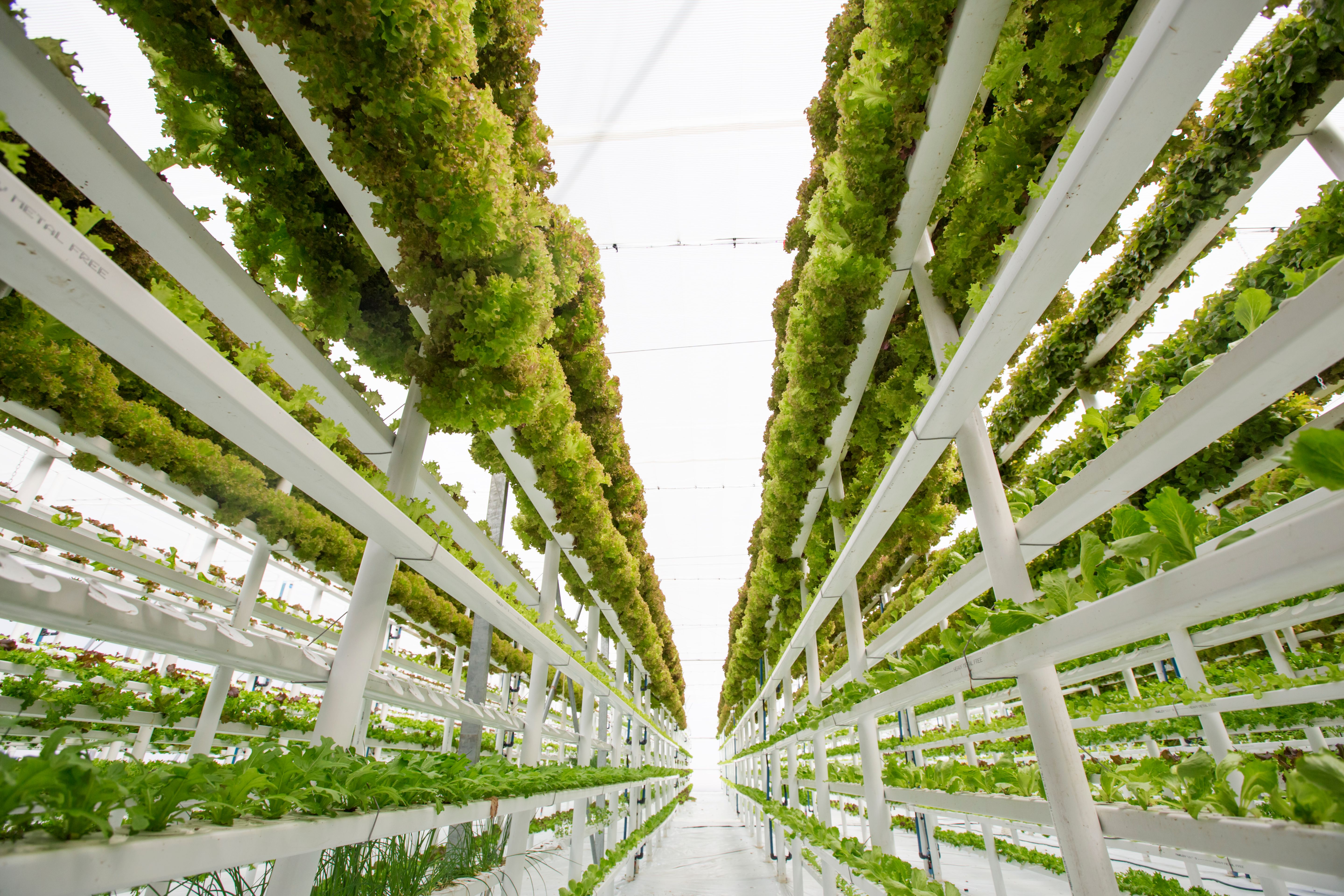Vertical Farming: Economic Opportunities and Challenges
Understanding Vertical Farming
Vertical farming is an innovative method of growing crops in vertically stacked layers, often incorporating controlled-environment agriculture. This practice aims to optimize plant growth and increase efficiency in the use of resources such as water and space. With the world's population continuing to grow, vertical farming presents a promising solution to meet the increasing demand for food.

One of the primary advantages of vertical farming is its ability to produce food in urban areas, reducing the need for long-distance transportation and minimizing the carbon footprint. By bringing farming into cities, vertical farming can also help address the issue of food deserts, providing fresh produce to communities that otherwise have limited access.
Economic Opportunities
Vertical farming offers significant economic opportunities, particularly in urban settings. By utilizing unused or underutilized spaces such as warehouses or abandoned buildings, vertical farms can transform these areas into productive agricultural sites. This not only creates jobs but also stimulates local economies by keeping spending within the community.
Moreover, vertical farming can revolutionize supply chains by shortening the distance from farm to table. This reduces transportation costs and spoilage, resulting in fresher produce reaching consumers faster. The potential for year-round production also allows for more consistent market supply and pricing stability.

Technological Innovations
Technological advancements play a crucial role in the success of vertical farming. Innovations such as LED lighting, hydroponics, and aeroponics enable precise control over environmental conditions, ensuring optimal plant growth. These technologies can lead to higher yields and better quality produce.
Automation and artificial intelligence are also making strides in vertical farming. With AI-driven systems, farms can monitor crop health, optimize resource usage, and predict harvest times with greater accuracy. Such innovations can improve operational efficiency and reduce labor costs.
Challenges Facing Vertical Farming
Despite its potential, vertical farming is not without challenges. One major hurdle is the high initial investment required for setting up a vertical farm. The cost of infrastructure, technology, and energy can be substantial, which may deter some investors.

Energy consumption is another significant issue. Vertical farms rely heavily on artificial lighting and climate control systems, which can lead to high energy costs. Finding sustainable and cost-effective energy solutions is crucial for the long-term viability of vertical farming operations.
The Future of Vertical Farming
The future of vertical farming looks promising as more companies and governments recognize its potential to address food security and sustainability challenges. Continued research and development in technology and practices are essential to overcoming current obstacles and making vertical farming more accessible and profitable.
Collaboration between stakeholders, including policymakers, researchers, and industry leaders, will be key to advancing vertical farming. By working together, they can develop strategies to support the growth of this innovative agricultural practice, ensuring it plays a significant role in our global food system.
